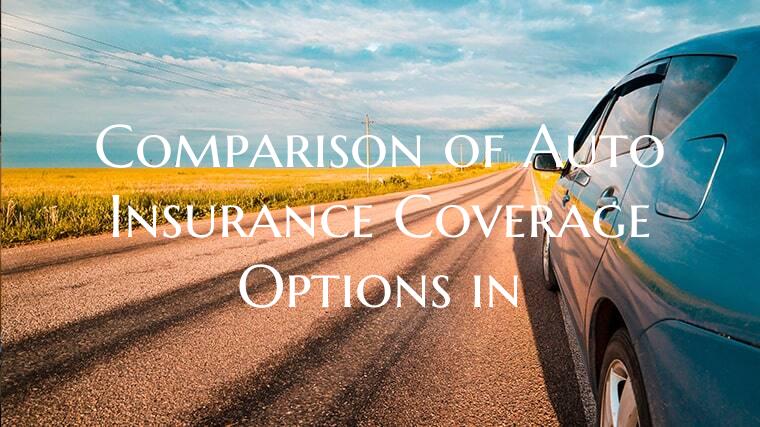When it comes to making sure you're adequately protected on the road, understanding the different auto insurance coverage options is crucial. In this article, we will compare the various types of auto insurance coverage available to help you make an informed decision about the coverage that best suits your needs.
1. Liability Coverage: One of the most basic types of auto insurance coverage, liability coverage helps pay for injuries and property damage you may cause to others in a car accident. This coverage is typically required by law in most states and is divided into two categories: bodily injury liability and property damage liability.
2. Collision Coverage: This type of coverage helps pay for repairs to your own vehicle if you’re involved in a collision with another car or object, regardless of fault. Collision coverage is especially important if you have a newer or more valuable vehicle that you want to protect.
3. Comprehensive Coverage: Comprehensive coverage helps pay for damage to your vehicle that is not caused by a collision, such as theft, vandalism, fire, or natural disasters. This coverage can provide added peace of mind knowing that you’re protected from a wide range of risks.
4. Uninsured/Underinsured Motorist Coverage: In the unfortunate event that you’re involved in an accident with a driver who doesn’t have insurance or doesn’t have enough insurance to cover your expenses, uninsured/underinsured motorist coverage can help pay for your medical bills and car repairs.
5. Personal Injury Protection (PIP) Coverage: PIP coverage is designed to help cover medical expenses and lost wages for you and your passengers after an accident, regardless of who is at fault. This coverage is typically optional in some states but can provide valuable financial support in the event of injuries.
6. Medical Payments Coverage: Similar to PIP coverage, medical payments coverage helps pay for medical expenses resulting from an accident, regardless of fault. This coverage can be especially beneficial if you have high health insurance deductibles or copays.
7. Gap Insurance: If you’re leasing or financing a car, gap insurance can be a valuable addition to your coverage. This type of insurance helps cover the difference between the amount you owe on your car loan or lease and the actual cash value of the vehicle if it’s totaled in an accident.
It’s important to carefully consider your individual needs and budget when selecting auto insurance coverage. By comparing the different options available, you can tailor your coverage to provide the protection you need on the road. Don’t hesitate to consult with an insurance agent to help you understand your options and make the best decision for your unique situation.

